
My research focus has two directions: the species of the family Euphorbiaceae in Malesia (and local SE. Asian floras) and the distributions of plants in SE Asia, which patterns can be found and how to explain them.
Keywords
Biogeography, Climate change, Dipsersal pathways, Distribution patterns, Euphorbiaceae, Flora Malesiana, Plate tectonics, Sapindaceae
Researchinterest
Where does the Malesian flora originated from, which species does it contain, which distribution patterns and pathways did it develop and will these pathways prevail under climate change?
The islands of the Malay Archipelago (Malesia) came together during the last 55 Ma. The c. 50,000 fern and flowering plant species are still largely unknown. My first interest is to elucidate many of these species, especially in the Euphorbiaceae and closely related families (Pandaceae, Peraceae, Phyllanthaceae, Picrodendraceae), about 1500 species. The species mainly originated in Malesia, but their ancestors must have come from either Laurasia or Australia. Which pathways did these ancestors take? Which general distributions patterns did they use? Many species, also the unknown ones, are under threat due to overpupulation, land use and climate change. If they like to disperse to better circumstances will the former pathways still be available or will there be alternatives?
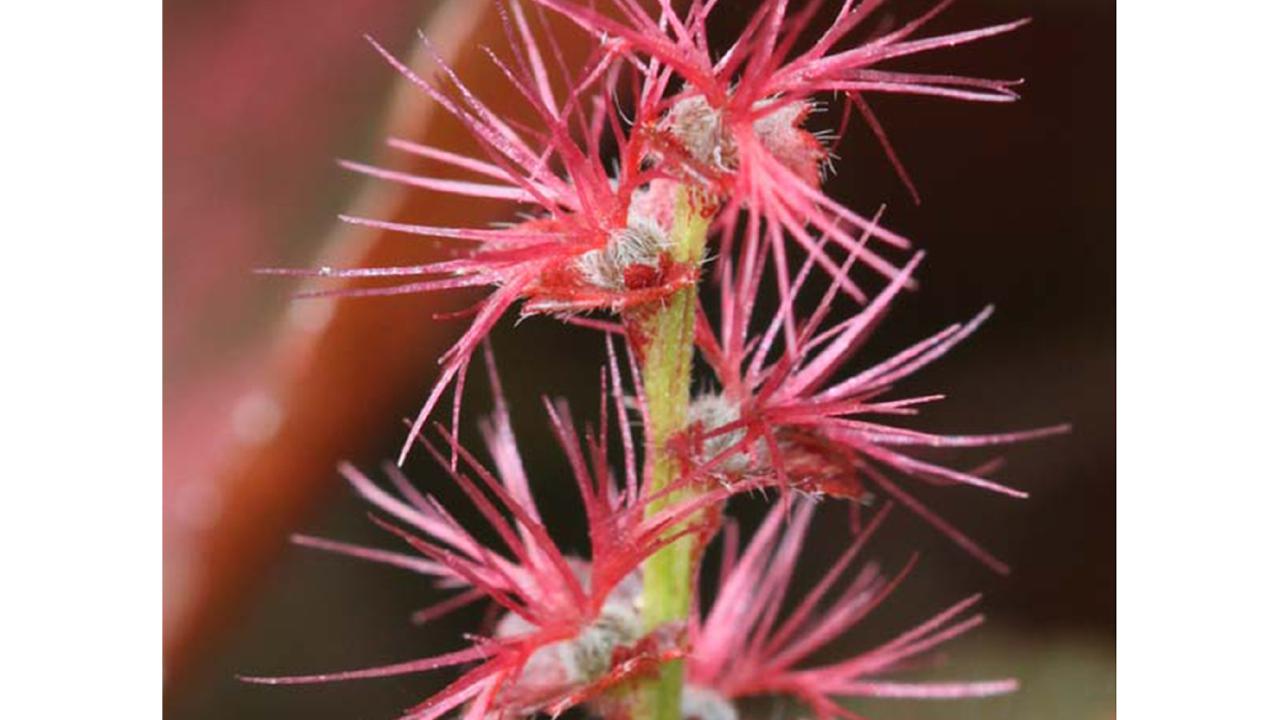
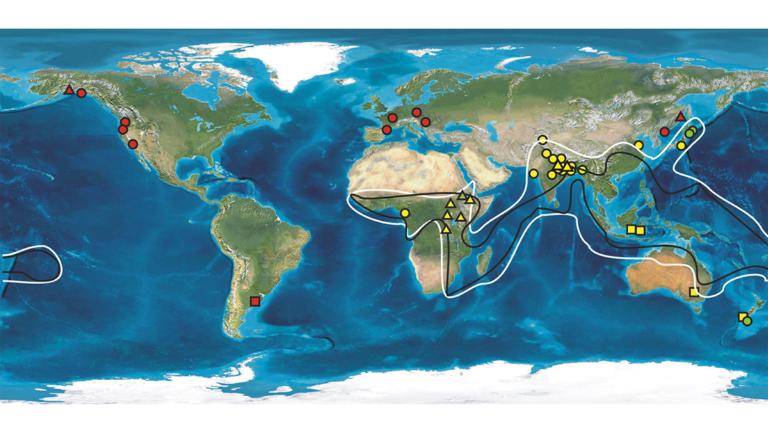
Currenttopics
A selection of the topics I am working on currently.

Revision of the genus Claoxylon (Euphorbiaceae)
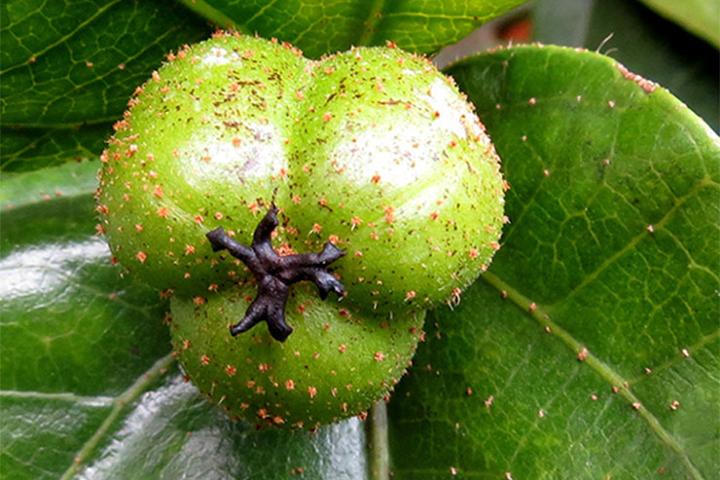
Weda, a new genus of Euphorbiaceae
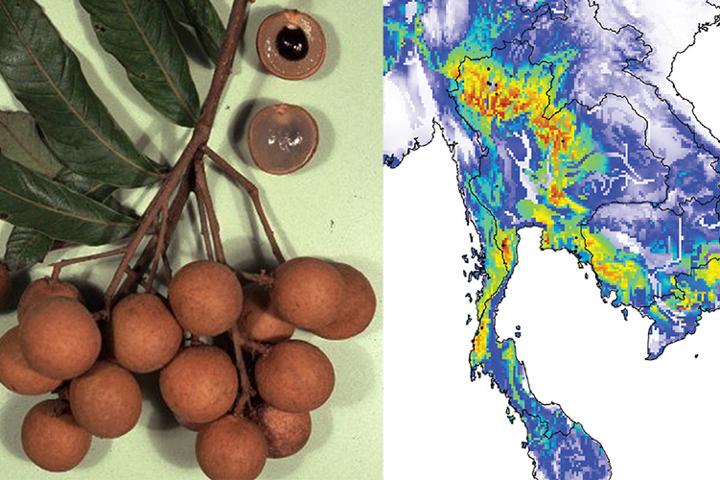
Effect climate change on tree species North Thailand
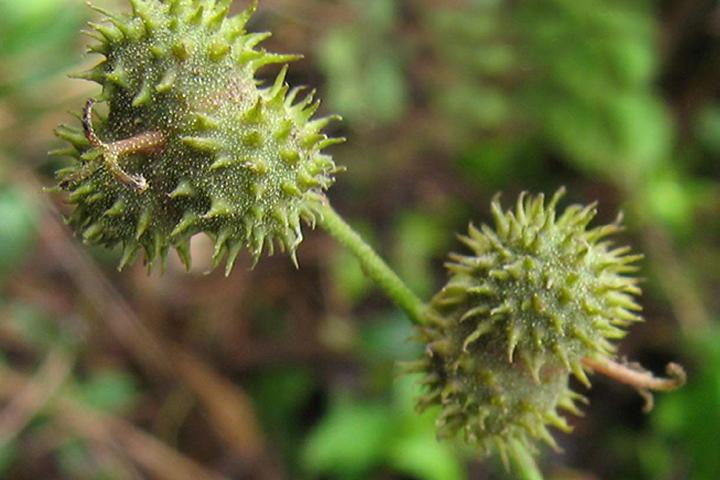
Historical biogeography of Malesia
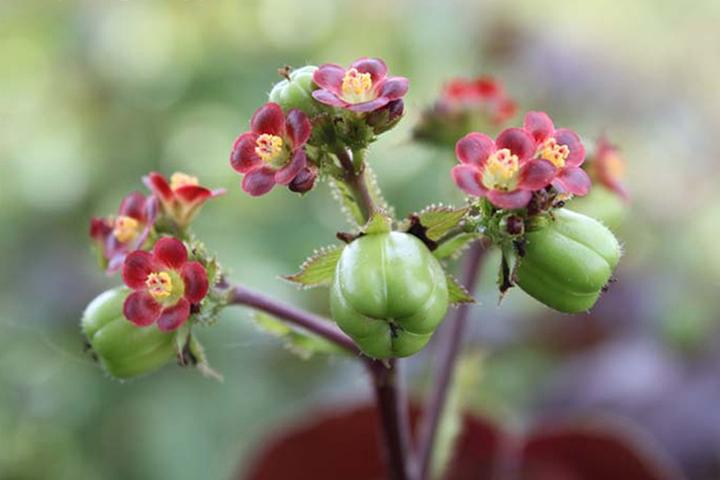
Phylogeny of Euphorbiaceae
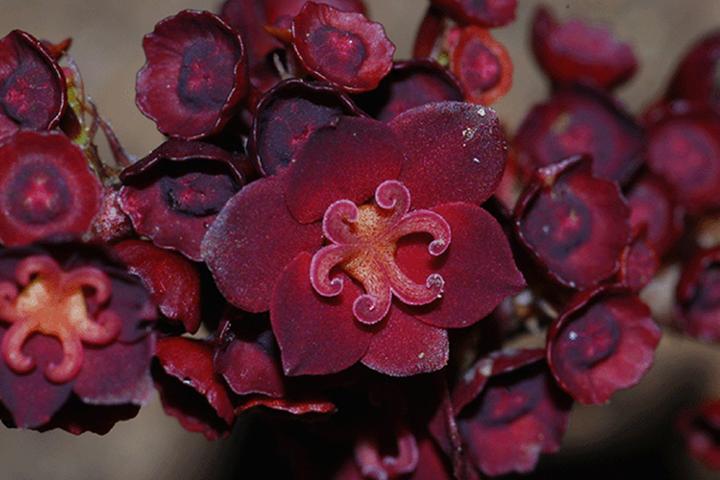
Moth pollination in Phyllanthaceae
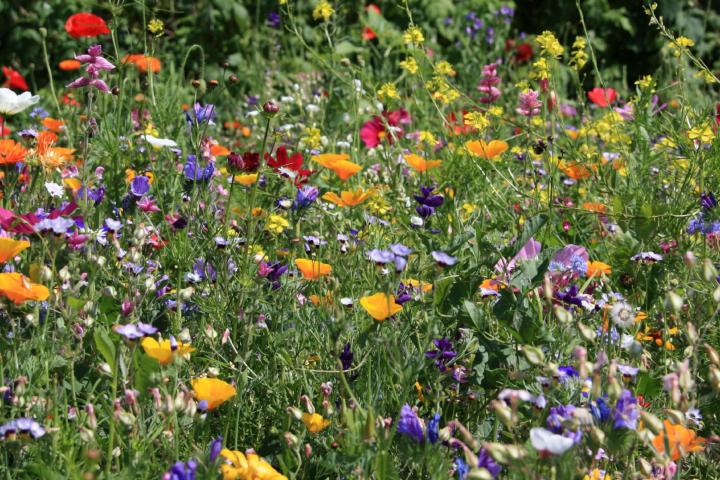
Blumea journal
Keypublications
- van Welzen PC, Strijk JS, van Konijnenburg-van Cittert JHA, Nucete M, Merckx VSFT. 2014. Dated phylogenies of the sister genera Macaranga and Mallotus (Euphorbiaceae): Congruence in historical biogeographic patterns?. PLOS ONE 9: e85713 (https://doi.org/10.1371/journal.pone.0085713).
- van Welzen PC, van Oostrum AF. 2015. Revision of the Malesian species of Dimorphocalyx (Euphorbiaceae). Blumea 59: 191–201 (https://doi.org/10.3767/000651915X687903).
- van Welzen PC, Pruesapan K, Telford IRH, Bruhl JJ. 2015. Historical biogeography of Breynia (Phyllanthaceae): what caused speciation? Journal of Biogeography 42: 1493–1502 (https://doi.org/10.1111/jbi.12517).
- Van den Ende C, White LT, van Welzen PC. 2017. The existence and break-up of the Antarctic land bridge as indicated by both amphi-Pacific distributions and tectonics. Gondwana Research 44: 219–227 (https://doi.org/10.1016/j.gr.2016.12.006).
- Rutgrink ALJ, Visser M, van Welzen PC. 2018. Differences between the floras of the North and South Moluccas (Indonesia). Journal of Sytematics and Evolution 56: 652‒662 (https://doi.org/10.1111/jse.12301).
- Bouman R, van Welzen PC, Sumail S, Echevarria G, Erskine PD, van der Ent A. 2018. Phyllanthus rufuschaneyi: a new nickel hyperaccumulator from Sabah (Borneo Island) with potential for tropical agromining. Botanical Studies 59 (9): 1‒12 (https://doi.org/10.1186/s40529-018-0225-y).
PhDsupervision
Naturalis aims to be a breeding ground for international scientific talent. Therefore, PhD's have a special position in our organisation.
- Mega Atria
- Roderick Bouman
- Abdulrokhman Kartonegoro
- Anneke Madern
- Héctor Ortega Salas
- Renyong Yu
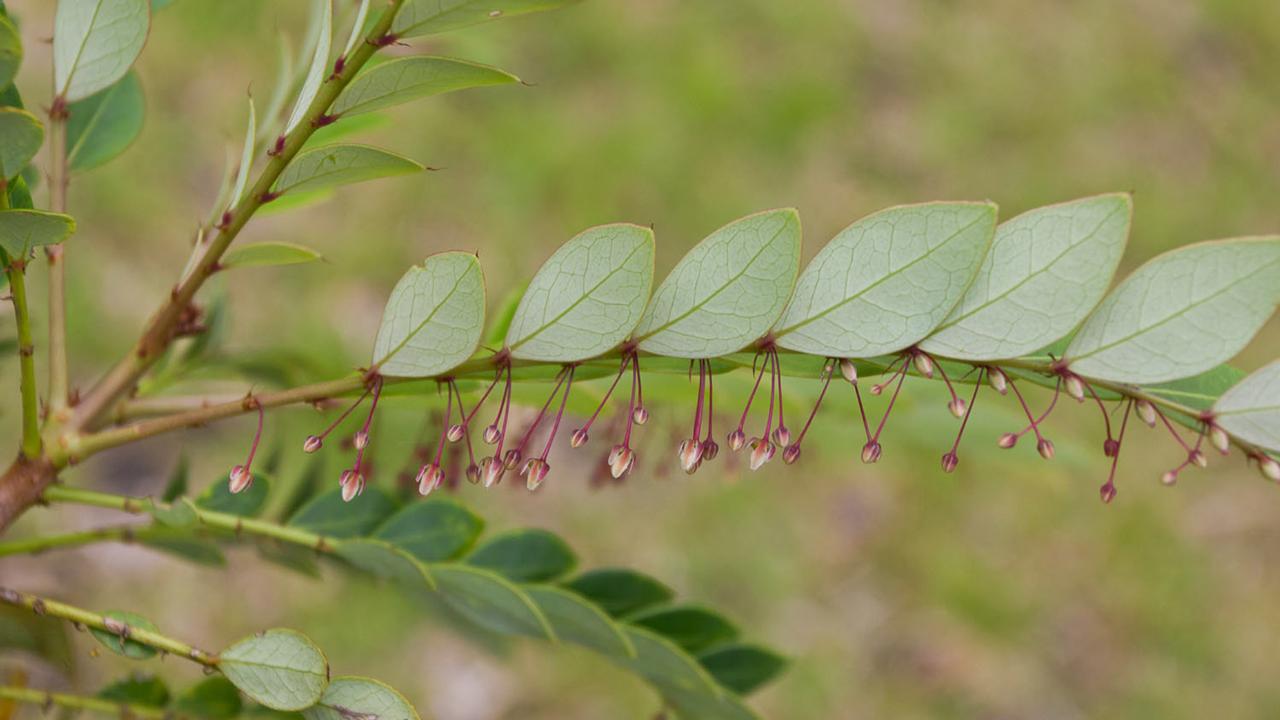
Teachingactivities
- Coordinator of M.Sc./Ph.D. course 'Plant families of the tropics', first 3 full weeks in January in Hortus botanicus
- Phylogeny part (1 week) in B.Sc. course 'Evolution biology'
- Biogeography part (c. 1 week) in M.Sc./Ph.D. course 'Integrative Taxonomy'
- Lecture 'Global patterns in terrestrial biogeography' in course 'Ecology 2' by CML
- B.Sc. internships
- M.Sc. internships